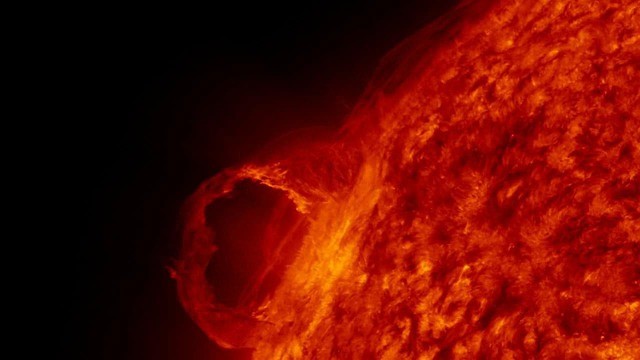
Stargazers and space geeks are bracing for this year's most significant astronomical events, as the annual fiery Geminids meteor shower gets set to light up our skies with multi-colored shooting stars on December 13 and 14.
Unfortunately, a storm is on the map that will likely bring rain on Friday night to a large portion of the East Coast. The shower, however, is somewhat active in a few days leading up to the peak, and then it backs off significantly. Both Thursday night and Saturday night look much brighter on the East Coast. Of the two nights, Thursday night might have the most activity.
What is the Geminids meteor shower?
According to Macquarie University's astrophysicist Dr. Tayyaba Zafar, Geminids is a meteor shower known as the highest number of meteors per hour (100-150) - and is therefore called the King of Shower.
A Geminids shower is unique, although the parents of meteor showers are usually comets. "The parent of Geminids is an asteroid, 3200 Phaeton - a rocky asteroid, unlike other meteor showers," says Zafar.
The rainbow effect is also known to be produced by the Geminids - which makes this spectacle interesting. "Geminids are slow-moving meteors, vary from dim to very bright, and are multi-colored depending on the composition of different meteorites," Zafar describes.
How long will it last?
The shooting star extravaganza would be visible for around seven hours, depending on conditions and cloud coverage. Still, peak viewing time will occur early, depending on your city or timezone.
Look toward the other horizon during the event that the full moon rises as Venus and Saturn will be side by side just after sunset. Both planets will set by 7 p.m., so you have to look early to see them. The conjunction, however, is technically at 1:03 a.m. EST early Wednesday so that they will be slightly closer together during the evening of December 10.
When will it happen again?
The good news is that this spectacle is an annual event if you don't catch it this year. Geminids' mother asteroid, 3200 Phaethon, is expected to come close to the earth at a safe distance in an elongated path around the sun every 524 earth days.
According to Tayyaba, Geminids will happen again from December 4 to 17 next year - with a peak on December 14, 2020.
"This asteroid might have had a collision with some objects before, which produced a stream of particles, and the Earth runs through this debris every year, so this shower happens every year," Tayyaba explained.
What should people look out for?
The radiant is expected to rise well before midnight to some regions - giving stargazers the rest of the night to enjoy the prolific fiery performance, with the best viewing any time after midnight.
The meteors are expected to shine from the northern boundary near the bright star Castor in the Gemini constellation but will appear anywhere in the sky.
Any special equipment needed?
Tayyaba said stargazers wouldn't need any special equipment to view the spectacle due to the scale of the meteor shower and the type of meteors.
"The interesting thing about these shooting stars is that you do not need binoculars or a telescope given the scale of the meteor shower and the type of meteors. All you need is to give your eyes about 30 minutes to adjust to the night sky."
Why is it called the Geminids meteor shower?
The origin of Geminids derives from the constellation Gemini (not the zodiac sign). The constellation is governed by its two brightest stars, Castor and Pollux, and are often visible throughout the northern winter months, from mid-December to early January.
© 2025 NatureWorldNews.com All rights reserved. Do not reproduce without permission.





